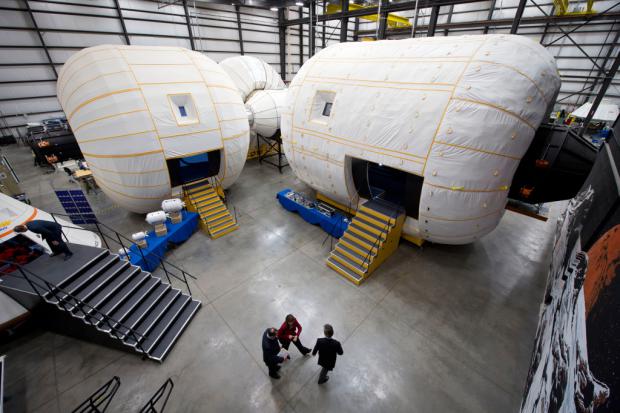
Breaking News
 Global Exclusive: The January 6th Pipe Bomber's Identity Has Been Discovered,...
Global Exclusive: The January 6th Pipe Bomber's Identity Has Been Discovered,...
 Capitol Police Officer Shauni Kerkhoff Identified as J6 Bomber...
Capitol Police Officer Shauni Kerkhoff Identified as J6 Bomber...
 Why Dual Engine Failure Changes Everything -- Louisville Crash Update
Why Dual Engine Failure Changes Everything -- Louisville Crash Update
 Transforming Storage Shelf / Workbench - Small Space Organization
Transforming Storage Shelf / Workbench - Small Space Organization
Top Tech News
 HUGE 32kWh LiFePO4 DIY Battery w/ 628Ah Cells! 90 Minute Build
HUGE 32kWh LiFePO4 DIY Battery w/ 628Ah Cells! 90 Minute Build
 What Has Bitcoin Become 17 Years After Satoshi Nakamoto Published The Whitepaper?
What Has Bitcoin Become 17 Years After Satoshi Nakamoto Published The Whitepaper?
 Japan just injected artificial blood into a human. No blood type needed. No refrigeration.
Japan just injected artificial blood into a human. No blood type needed. No refrigeration.
 The 6 Best LLM Tools To Run Models Locally
The 6 Best LLM Tools To Run Models Locally
 Testing My First Sodium-Ion Solar Battery
Testing My First Sodium-Ion Solar Battery
 A man once paralyzed from the waist down now stands on his own, not with machines or wires,...
A man once paralyzed from the waist down now stands on his own, not with machines or wires,...
 Review: Thumb-sized thermal camera turns your phone into a smart tool
Review: Thumb-sized thermal camera turns your phone into a smart tool
 Army To Bring Nuclear Microreactors To Its Bases By 2028
Army To Bring Nuclear Microreactors To Its Bases By 2028
 Nissan Says It's On Track For Solid-State Batteries That Double EV Range By 2028
Nissan Says It's On Track For Solid-State Batteries That Double EV Range By 2028
NASA Is Finally Sending a Hotel Magnate's Inflatable Habitat to the ISS

Somewhere spacious, and safe. Portable, but comfy. Lightweight, but robust to the dangers of space. Something like a big bouncy castle for kids, but built to house astronauts and solar system colonists and tourists looking for an out-of-this-world vacation.
It sounds like a sci-fi fever dream, but it's becoming reality. On Friday, SpaceX will launch a so-called "expandable"—a prototype called the Bigelow Expandable Activity Module—to the International Space Station. It will remain there, attached to the Tranquility module, for two years. Bigelow Aerospace hopes its time in orbit will prove the technology worthy of inhabitants.
Robert Bigelow didn't start his career with visions of astronaut hotels. No, the company's eponymous founder made his fortune on the hotel chain Budget Suites—extended-stay hotels with a stove in every room.

 Carbon based computers that run on iron
Carbon based computers that run on iron

